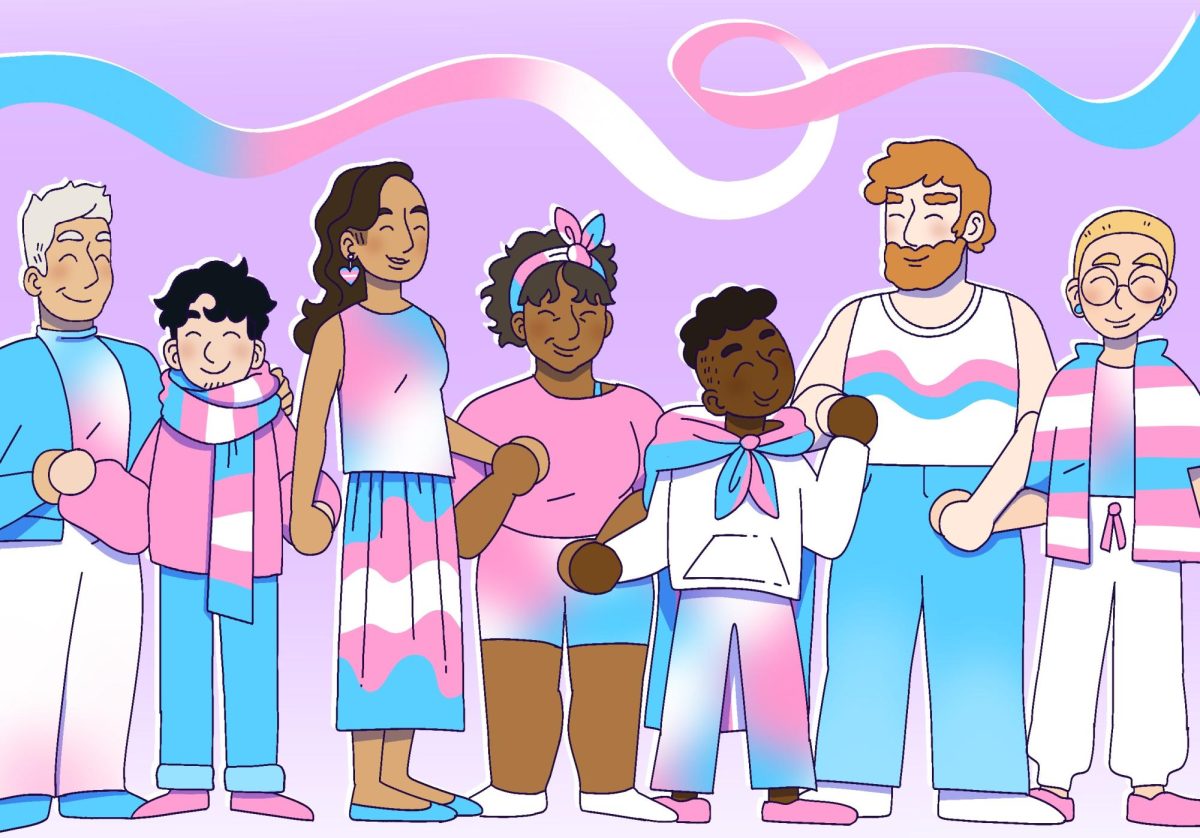College culture has the superficial appearance of a great financial equalizer. A lot of students, regardless of background, relate to the struggle of microscopic living spaces, slumlord dealings, part-time jobs and poor nutritional habits. For example, students who eat primarily at dining halls have a particular connection. There is a bond entirely unique between students who understand the apprehension associated with five successive nights of pizza, driving them to madness — or sometimes to a mysterious vegan curry.
To battle these often depressing fundamental aspects of college life, students cope with barbaric humor, and eventually, camaraderie. The apparent sublimation of campus financial divisions sometimes brings students together but also minimizes the trials of students who actually face enormous financial struggle. Although it is often forgotten, some problems are deeper than others. One such example is the food insecurity crisis, which often goes individually unnoticed because it appears, exteriorly, to be a “normal college” experience.
Although inarguably flawed, dining hall access is as much of a privilege as university enrollment itself. Meal plans are required for all students living in dorms because kitchen space and supplies are limited. This year, residential meal plan pricing ranges between $1,975 and $2,325 per semester. The cheapest option only includes 11 meals per week, which is less than two meals a day. A single dining hall pass runs at approximately $8 a meal, but given a flexible living space and bulk nonperishables, it’s possible to get by on less. God bless ramen, Eggo and Kraft, may they never die and their glory live eternally in the hearts of college students.
Even with diets based on the lowest quality chemical compositions, many off-campus students grapple with food insecurity. Boynton’s 2018 health report revealed that 17 percent of University of Minnesota students worry about running out of food. A little over 11 percent report actually experiencing a personal food shortage due to lack of funds. Obviously, issues caused by food insecurity aren’t limited to physical well-being. A study from 2016 from the University of California circuit found that students dealing with food insecurity demonstrated lower GPAs and higher propensity for mental illness.
Several organizations on campus are combating the problem of food insecurity. The UMNTC division of “Swipe Out Hunger” allows students to donate unused meal swipes and dining hall guest passes to students facing food insecurity. Another resource is the “Nutritious U Food Pantry,” which is hosted monthly at Coffman Union. Any University of Minnesota student is invited to visit and take home items from the pantry — namely fresh fruits and vegetables.
A contradictory notion embedded in college culture is that wealth disparity across campus is more or less equal. There is a sense of unity in collective financial squalor and impending debt. However, despite comparable tuition fees, some students’ financial struggle is greater than others. Food insecurity continues to be an underrepresented issue on campus because of the instinctual community urge to dismiss individuals’ legitimate crises via “relatability.” Too often, students vocalize genuinely terrifying financial concerns and are met with well-intentioned comedic affirmations of understanding. Although most college students identify somehow with financial unrest, this fact does not qualify the debunkment of legitimate struggle.














